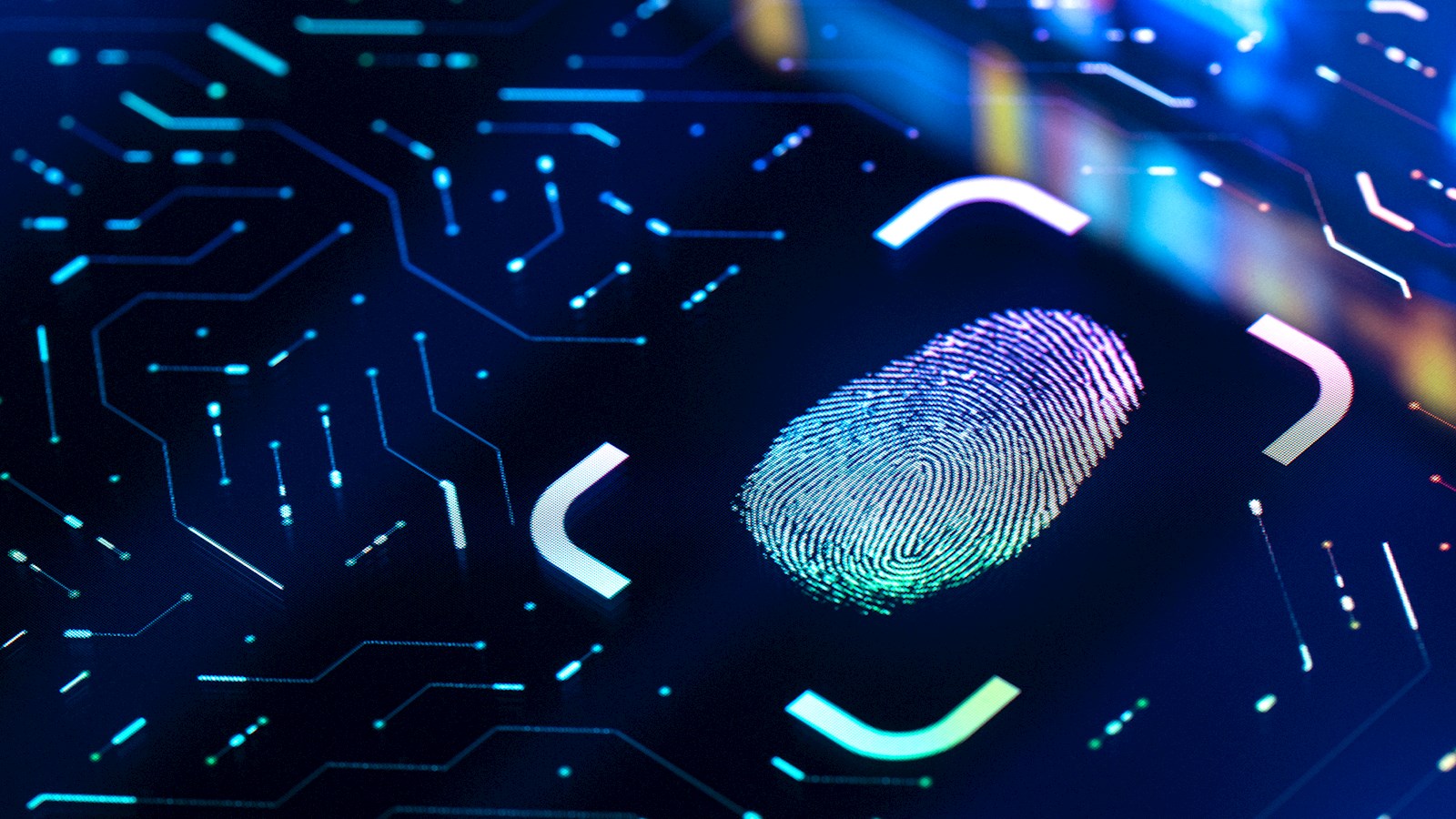
Rethinking digital identities
Identities are becoming more fluid, crossing physical, and digital spaces and consumers are looking for products to reflect this
As digital lifestyles mature, people are thinking more deeply about their digital selves. In response, brands are facilitating new infrastructure for digital identities.
The Sims is bringing non-binary pronouns into gaming. In May, The Sims 4 released an update allowing players to customise their Sim pronouns to make the universe more inclusive. Players can type their pronouns into a text box and preview how those pronouns will appear in-game.
Another brand bringing more diverse avatars into the metaverse is L’Oréal’s NYX. The makeup brand is launching an NFT collection of diverse, non-binary avatars that players can purchase at auction and use in The Sandbox, a popular metaverse platform. According to beauty and fashion website Glossy, the collection of 8,430 NFT avatars represents BIPOC and LGBTQIA+ communities that make up 84.3% of the global population. The avatars were made available in mid-June in support of the LGBTQIA+ community, with all proceeds from the auction donated to the Los Angeles LGBT Centre.
Dr Alex Box, Identity Designer and Beauty Futurist says that designing identity “traverses both the physical and digital”. She focuses on beauty in much of her work, encouraging self-expression and embracing what technology can do to elevate one’s expression of beauty and self. “I see identity design as the next important step to how we communicate and interpret multiple selves in the metaverse.”
“We already have multiple identities living autonomously in our own metaverse of self, parkouring between our social media self, work self, home self, mindful self and many more,” she says. “One way of imagining identity as we move into Web 3 is that our multiple selves will acquire a physicality, presence, or essence; an emotional and thinking 'texture' that will develop and regenerate autonomously through AI learning.”
Digital identification is becoming more common for day-to-day activities in the physical world. The UK Cinema Association began accepting digital ID cards for movie-goers at associated theatres in May. Apple launched its first driver’s licence and state ID with Arizona in March, and announced that Hawaii, Colorado, Ohio, Mississippi and Puerto Rico would soon follow suit and accept this form of identification. Users can pull up the app and use the ID at Transportation Security Administration (TSA) checkpoints at approved airports.
The encrypted, protected driver’s licence and state ID in Wallet “presents only the information needed for the interaction, and the user has the opportunity to review and authorise the information being requested before it is shared,” Apple said in a press release.
Consumers want to be represented authentically in digital spaces as physical daily life continues to overlap with the virtual realm. Representative, diverse and personalised digital identification allows people to seamlessly transition between realms and maintain control over their identifying documents and appearances.
Liam Young predicts that the distinction between the virtual and the physical will continue to blur. “We use words like "digital" and "physical", but I think that these are really just outmoded terms. We all live mediated lives that are extensions of our digital selves and our screens have huge consequence in the physical world. To talk about them as being isolated, independent things is really problematic.”
published on
15 September 2022
Category
More in Technology & data

WPP puts itself at the heart of collaborative 3D worlds
Pixar's 3D animation file format – USD – is the invisible building block of our digital 3D future.

A clarion call for AI, accessibility & advertising
Innovating at the intersection of AI, accessibility, and advertising

AI and health: a delicate balance
Healthcare marketing is in a category of its own and there’s a delicate balance to be struck between AI and human connection

